Life Sciences to Policy
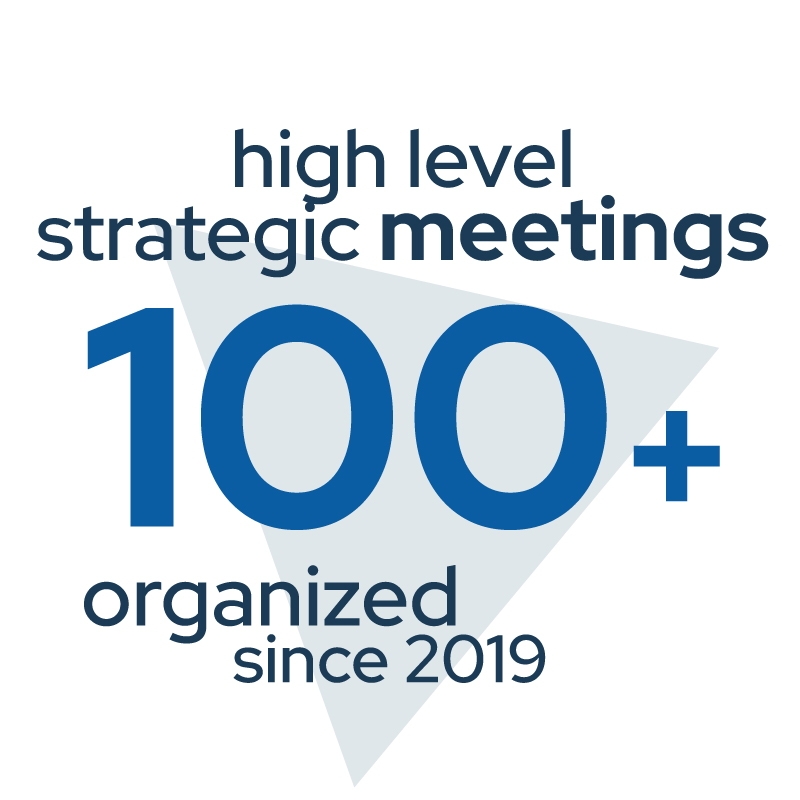
Altertox has been an actor in the European Parliament and EU policy arena since 2012, maintaining NAM high in the policy agenda.
Our current track record on EU policy and law activities is available at the EU transparency register 400309213564-96.
- Stakeholder Outreach
- Strategic Stakeholder Engagement
- Policy Impact
- Research Leadership
Check out our Policy Corner:
our current policy portfolio

AI IN HUMAN HEALTH
(VIRTUAL HUMAN TWIN)
Why ?
The EU healthcare system stands at a pivotal moment. With AI adoption at just 11% among EU companies (far below the 2030 target of 75%), regulatory inertia risks stalling progress.
Meanwhile, the global digital twins’ market in healthcare is projected to grow from $1.63 billion in 2023 to $21.11 billion by 2028, underlining the economic stakes.
How ?
The European Union’s competitiveness depends on its ability to embrace digital innovation, particularly in healthcare. Artificial intelligence (AI) holds immense potential to revolutionize personalized medicine and clinical trials, but this requires robust support from the European Parliament through upcoming legislation, such as the European Health Data Space (EHDS), the Medical Device Regulation (MDR). AI represents a double-edged sword for EU industries: it can drive competitiveness and leadership, but failure to integrate it swiftly risks falling behind global counterparts.
Who ?
The EU Virtual Human Twin (VHT) initiative4 and the VHT5 consortium which represents approximately 100 organizations—including patient advocacy groups, industry leaders, and research centers— intend to drive this fantastic opportunity. It demonstrates Europe’s readiness for AI adoption in healthcare. VHT supporters assert that the tools and infrastructure are already in place, offering tangible benefits for patients and healthcare practitioners. However, policy and regulatory frameworks lag behind technological progress. Without alignment, these advances cannot be effectively implemented, undermining the potential impact on healthcare for EU citizen. This mirrors well the current concerns of EU citizens (aged 16-30) with almost three in ten (29%) that want the EU to prioritise social protection, welfare and access to healthcare.
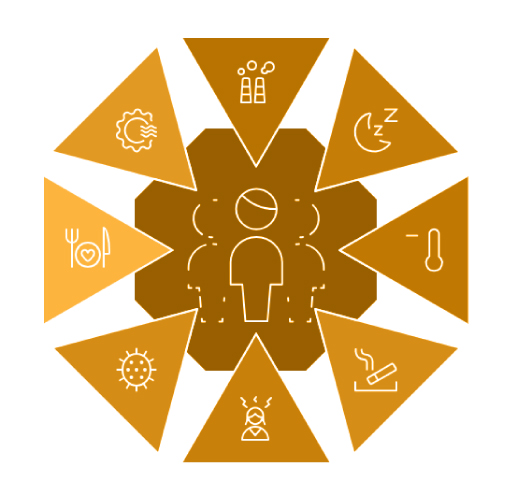
NON COMMUNICABLE DISEASES
(HUMAN EXPOSOME)
Why ?
Human health is influenced significantly by our environment, with 70% of health outcomes linked to environmental factors and only 30% to genetic factors. This underscores the immense potential of public policy to improve human health as well as social fairness by implementing and promoting activities that bring meaningful changes. Achieving this requires comprehensive dataset ranging from urbanism, mobility, lifestyle, health, toxicology to climate change.
How ?
The Human Exposome, which encompasses the integrated compilation of all physical, chemical, biological, and psychosocial influences that impact biology, requires a comprehensive characterization to translate its potential into medicine and public health practice. In the last five years, coordinated European research initiatives on the exposome have brought new clarity to this effort. These initiatives represent the largest global exposome research endeavour, with a budget exceeding €100 million. The outcomes will support the EU innovation-led productivity key technological fields such as biotech, advanced materials and AI as identified in the competitiveness compass.
Who ?
The Human Exposome, is meant to complement the Human Genome Project with the exposure side of disease. Achieving this ambitious goal demands an international, coordinated effort involving governments, organizations, scientists, funders, the technology sector and the public, — a “moonshot” approach. The inaugural Exposome Moonshot Forum aims to gather these diverse stakeholders to collaboratively translate the exposome from concept to utility.
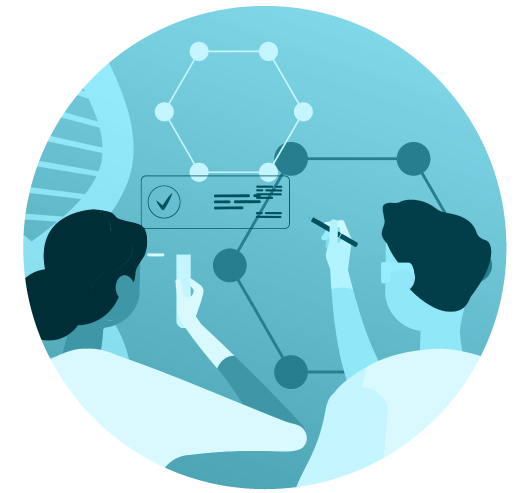
PRODUCT SAFETY
(NAMS)
Why ?
According to estimates of the European Environment Agency (EEA), approximately 70% of around 100,000 chemicals on the EU market have been poorly assessed for their safe use. At the same time, the volume and diversity of chemicals continues to increase. Relying solely on animal testing to assess safety will not ensure that chemicals of concern are minimized and substituted as fast as possible.
How ?
Solutions such as the use of New Approach Methodologies (NAMs, including in vitro methods and computational modelling (in silico), omics’ as well as read-across and grouping have the potential to address the bottleneck. Moreover, regulatory science 2.0 for chemicals will need to focus its attention on 1) the molecular biology that led to adverse effects in the population and the environment (Adverse outcome patways – AOP) 2) the long-term effect on multiple organs (systemic toxicity) and 3) simplification of current chemical risk assessment.
Who ?
The ASPIS cluster is tackling these challenges. It is a joint collaboration of the H2020 funded projects ONTOX, PrecisionTox, RISK-HUNT3R and represents Europe’s effort towards the sustainable, animal-free and reliable chemical risk assessment of tomorrow.
ASPIS (Animal-free Safety assessment of chemicals: Project cluster for Implementation of novel Strategies) brings together the three consortia funded under the European Commission’s call for projects advancing the safety assessment of chemicals without the use of animal testing. Collectively, we represent more than 70 institutions across 16 European countries and the U.S. delivering on a €60 million investment in providing timely answers about chemicals’ effects on human health and the environment.
Remarkable EU Advocacy Achievements: 2019-2024
During the 2019-2024 term, our team demonstrated extraordinary commitment and effectiveness in EU policy engagement, delivering exceptional results through:
Unprecedented Stakeholder Outreach Our team conducted a series of more than 80 high-level meetings, lunches, and dinners with MEPs’ offices and political advisers, establishing critical relationships at the highest levels of European policy development.
Strategic Stakeholder Engagement We orchestrated more than 30 strategic meetings with key stakeholders spanning animal welfare and environmental NGOs, trade associations, and EU policymakers, positioning our organization as an essential voice in critical EU policy discussions.
Comprehensive Policy Impact We successfully influenced 7 significant EU legislative files, including the Classification Labelling and Packaging (CLP), Detergents Regulation, Pharmaceutical Package, EU Beating Cancer Plan, Motion of Resolution on phasing out animal testing in the EU, and REACH & CLP consultations—demonstrating remarkable policy expertise and effective advocacy across diverse and complex regulatory areas.
Research Leadership We solidified our position as thought leaders by organizing 4 landmark events at the European Parliament to promote life sciences research, significantly enhancing visibility and generating invaluable support for science-based policy approaches.
These outstanding accomplishments have substantially elevated our influence in the European policy landscape, resulting in tangible policy improvements and establishing our organization as an indispensable contributor to EU regulatory development.
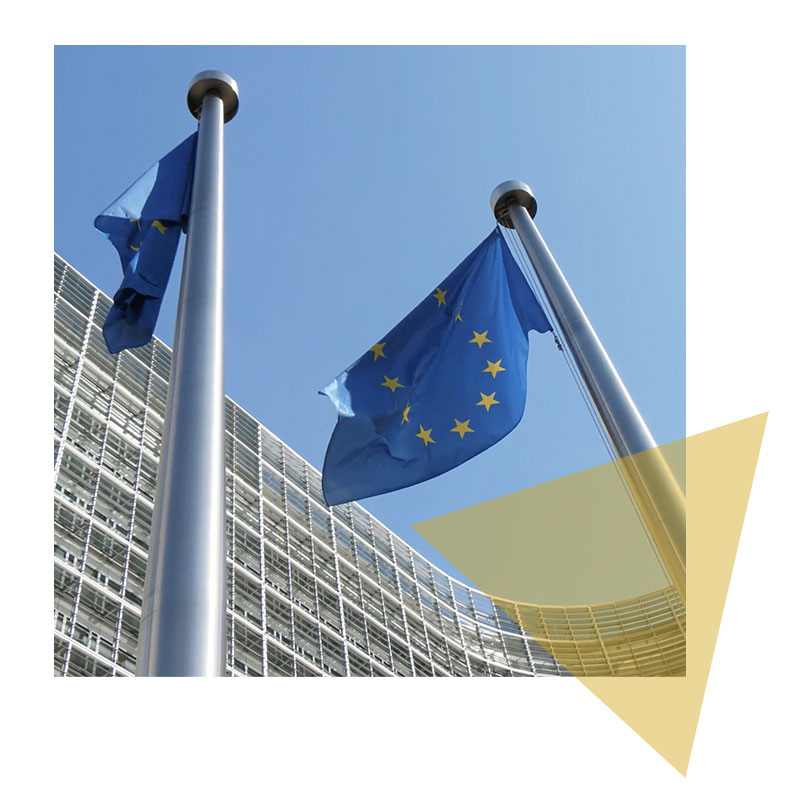

Expertise

Transparency
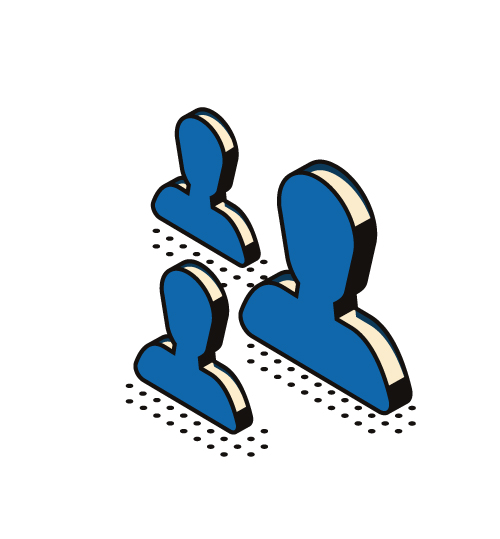
Network

Know-how
Contact Us
If you are interested in working with us – just send a message
